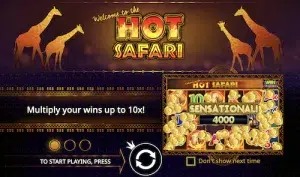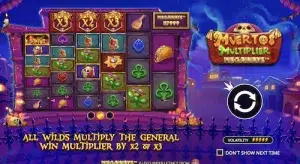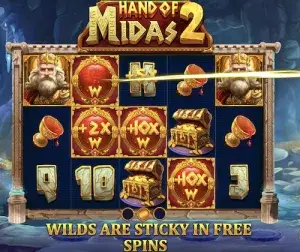New York State’s Gaming Facility Location Board (GFLB) is nearing a critical juncture in its downstate casino license race, with the board poised to announce its selection of up to three winners from a shortlist of four contenders this December. This decision will significantly influence the economic landscape of the region, potentially generating thousands of new jobs and attracting billions in investments.
On Wednesday, the GFLB convened for its inaugural formal meeting to scrutinize the proposals of the remaining finalists. These projects are promised to bring transformative changes to the New York metropolitan area, with each contender vying to offer the most compelling vision for economic revitalization. The board, comprising five members with backgrounds in finance, economic development, and housing, is set to evaluate the bids through private discussions before making its recommendations to the New York Gaming Commission, which will officially select the winners.
According to reports from Spectrum News, Vicki Been, chair of the board and a former deputy mayor under Bill de Blasio, emphasized that financial stability and community benefits will be crucial deciding factors in the board’s deliberations. All four proposals claim to invigorate the local economy, but the board must discern which plans are the most viable and sustainable.
The race has been a lengthy and exhaustive process involving several years of review, public consultations, and votes by local advisory panels. Now, only four contenders remain: Resorts World New York City in Queens, operated by Genting; MGM Empire City in Yonkers; Bally’s Bronx; and Metropolitan Park in Queens, backed by Mets owner Steve Cohen.
The state’s rules allow the GFLB to select up to three winners, but it is not bound to fill all slots. Each applicant must submit additional materials, such as proposed tax structures and detailed economic projections, by October 14. The board will likely concentrate on the long-term financial impact, potential for job creation, and the overall feasibility of each development plan in its evaluation.
Resorts World and MGM Empire City are seen as frontrunners due to their current Video Lottery Terminal (VLT) operations, which already generate substantial revenue and could be readily expanded into full-scale casinos. On the other hand, Bally’s Bronx and Metropolitan Park are appealing for their ambitious redevelopment plans and commitment to community investment, drawing significant interest and support.
Despite the lengthy process and rigorous public scrutiny, the finalists have largely secured community backing, in stark contrast to several Manhattan-based proposals that withdrew amid intense local opposition. Proposals for locations such as Times Square and Hudson Yards faced fierce resistance, resulting in their withdrawal from the competition.
The impending decision will not only redefine New York’s gambling landscape but will also set a precedent for future gaming development projects in the state. The industry, stakeholders, and community members alike are watching closely as the decision deadline approaches, each with its own hopes and expectations.
While the GFLB’s decision will be influenced by the potential economic benefits each project offers, various viewpoints highlight the complexity of the situation. Proponents argue that new casinos will bolster the local economy, generate significant tax revenue, and provide much-needed employment opportunities. They see this as a chance to rejuvenate areas that have long struggled economically.
Conversely, critics caution against the rush to expand casino operations, warning of potential social issues and the impact on existing businesses. They stress the importance of considering the long-term ramifications of such developments on local communities, suggesting that the promised economic gains might not fully materialize.
As the process enters its final stages, stakeholders are preparing for the potential outcomes. Whether the board selects all three licenses or opts for fewer, the decision marks a significant turning point in the state’s approach to gambling and economic development. The stakes are undeniably high, and the board’s forthcoming decision will likely have lasting implications for New York’s gambling industry.
The interest surrounding the downstate casino licenses reflects broader trends in the gambling industry, where states increasingly view gaming expansion as a tool for economic growth. However, the case of New York highlights the delicate balance between fostering development and addressing community concerns.
In the coming months, as the board finalizes its decision, the discussion around these projects will continue to evolve, encompassing economic, social, and community perspectives. For now, all eyes remain on the GFLB as it prepares to shape the future of downstate gaming, aiming to select projects that will not only maximize economic benefits but also align with community values and expectations.

Garry Sputnim is a seasoned journalist and storyteller with over a decade of experience in the trenches of global news. With a keen eye for uncovering stories that resonate, Alex has reported from over 30 countries, bringing light to untold narratives and the human faces behind the headlines. Specializing in investigative journalism, Garry has a knack for technology and social justice issues, weaving compelling narratives that bridge tech and humanity. Outside the newsroom, Garry is an avid rock climber and podcast host, exploring stories of resilience and innovation.
















